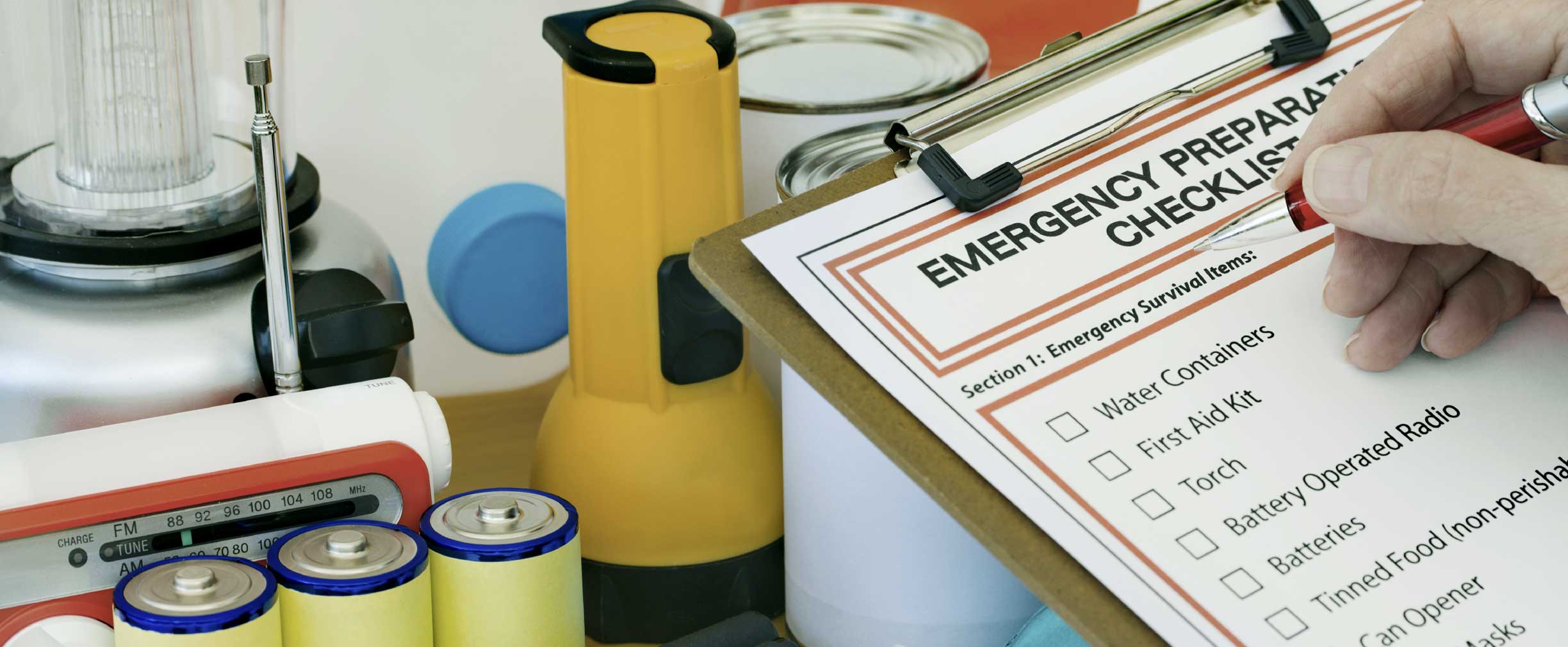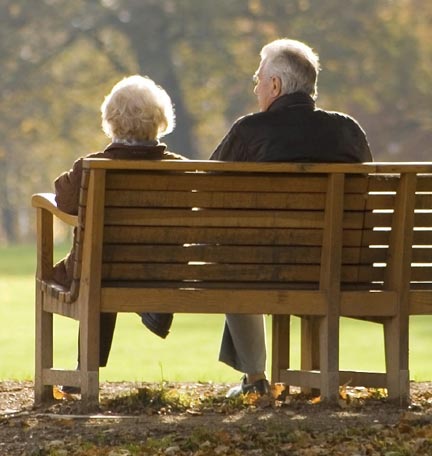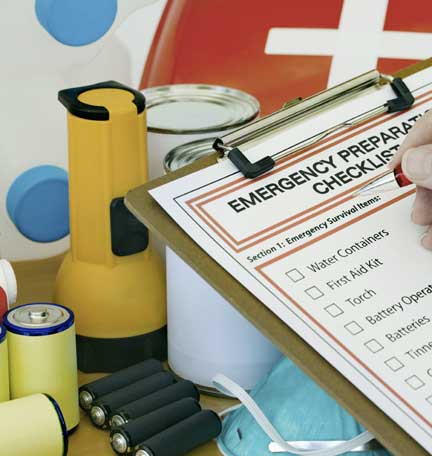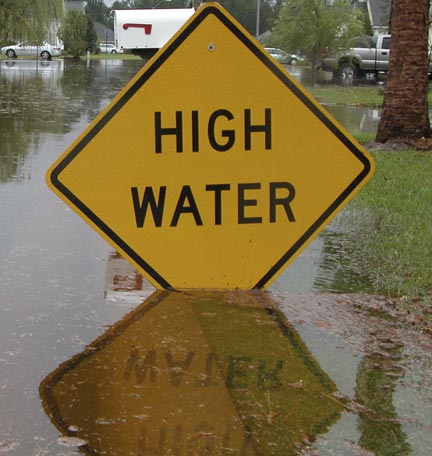Natural disasters — such as floods, tornadoes, hurricanes, or fires — can strike with little or no warning.
If you live in an area that’s prone to extreme weather events, it’s critical that your family knows what to do to stay safe.
Before the clouds begin to gather, create a disaster preparedness plan to outline how your family will respond to different emergency situations, says Kevin Kelley, senior director, community preparedness programs, at the American Red Cross. “Everyone in your family should know the safest place in your home to go during a tornado, for example,” he says. “That’s an underground shelter in a basement or an interior room (closet, hallway, or bathroom) of a sturdy permanent building.”
Assess Local Risks—And Plan Your Response
Every community comes with its own risks. Your first step should be to determine which types of natural disasters, such as floods, fires, or hurricanes, are most common in your area, Kelley says. “Then create a disaster preparedness plan that addresses protective action to take for each local hazard and establishes a safe meeting place to reunite if household members are separated by the event,” he says.
Next, determine a family meeting point and outline what each family member should do if they are unable to get to the meeting point during an emergency situation, such as a mandatory evacuation. List the addresses of all the places where family members spend significant amounts of time, such as school, work, and day care, so that this information is saved in case GPS signal is unavailable.
Vickie B. Adams, a Texas-based community emergency response team volunteer, recommends you choose two places to meet:
- A spot across the street from your home, such as the “light pole” or the “big oak tree,” in case of a sudden emergency like a fire. Meet where family members won’t be in the way of emergency vehicles or personnel.
- A location outside of your neighborhood, in case you can’t return home or are asked to evacuate during a natural disaster or other emergency.
Identify an out-of-area emergency contact person, such as a close relative, and keep their contact information with you at all times. This person can help coordinate family members in the affected area if cellular service is unavailable or personal cell phones are damaged.
Finally, put together a disaster preparedness kit that contains food, water, and other basic supplies for each family member. Watch this helpful video and consult websites like Ready.gov and Redcross.org to learn how to put together a comprehensive kit.
Practice Makes Perfect
Once you’ve created your disaster preparedness plan, review the details with your family periodically. “Ensure that everyone in your family knows the plan and practices the plan together on a regular basis,” Kelley says.
Present your kids with a realistic picture of what to expect in a disaster so they’ll feel comfortable playing their part if it becomes necessary, Kelley says. Quiz them about what they should do if a disaster strikes while they are at school or away from home. In addition to walking them through the plan, empower kids by giving them simple, age-appropriate tasks, such as gathering pet supplies for the disaster preparedness kit, Kelley suggests.
You can further involve them in the disaster planning process by asking them what they would do in an unexpected emergency. For example, Adams says to explore some alternate routes home from the grocery store when you’re in the car with your kids, or draw a map of your home and ask them, “What’s the safest way out in case of a fire?”
“What if’ scenarios can empower kids with more confidence and the ability to be active in an emergency because they’ll know what to do,” Adams says. “At the end of the day, if the children don’t know the plan, then the plan doesn’t work.”
To help ready yourself for life’s storms, check out our Disaster Resource Center.









